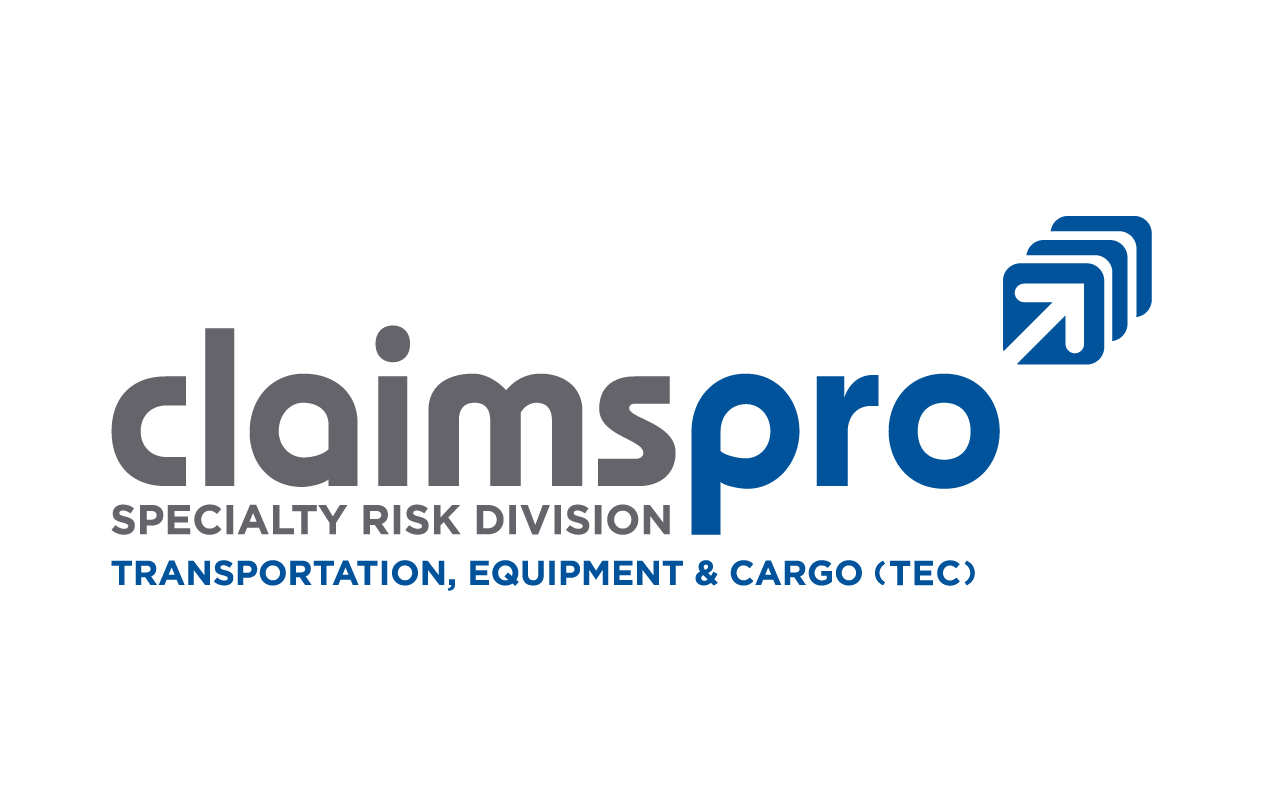Beware the Technology Trap
Even though most drivers seem to be aware of both the illegality of speeding and the dangers it presents, more than half of drivers surveyed admit to “technical” speeding. I call it technical because they acknowledge going over the posted limit, but only view this practice as dangerous when it is someone else doing it!
Are you handing off your driving to a collection of electronic sub-systems? You should know that this doesn’t eliminate, or even reduce, the frequency or severity of crashes. Despite having up to 16 computer sub-systems currently “driving” your vehicle, commercial motor vehicle crash rates have been steadily increasing since 2013. As well, insurers will attest to the increased costs associated with those crashes.
Recent studies are fueling a growing consensus that the more technology we have in our vehicles, the worse we drive. For commercial drivers, this means that we not only have to ensure that these technologies don’t negatively impact our driving skills but we must also keep ourselves safe from potential, degraded driving skills of other road users.
Fundamentally, the new technologies fuel a heightened sense of safety, creating a tendency to believe it is no longer necessary to pay close attention to the road.
Drivers of vehicles equipped with blind spot detection systems overwhelmingly acknowledge that they now change lanes without ever checking traffic on their own.
Drivers of vehicles equipped with backup cameras and/or rear cross-traffic alerts acknowledge that they no longer turn around to watch where they are going and, in many cases, no longer use their sideview mirrors.
Increasingly, drivers are using safety systems as a primary source of input rather than as a backup. Most safety systems are still relatively new, having only recently achieved a mainstream presence. This means that people do not understand how to use them properly, what they are designed to do and what their limitations are.
Further complicating the issue is manufacturer secrecy surrounding their technologies meaning that they may work differently from systems designed by other OEM’s.
To keep yourself safe, make sure that you understand how the different technologies work, what they are designed for and what their limitations are.
Additionally, consider striving to maintain space around your vehicle and be vigilant for other drivers that over-rely on their so-called safety systems. Keep yourself safe by not falling into the technology trap.
Rick Geller, CRM
Director of Safety and Risk Management Services
ClaimsPro
Telephone: 204-985-1777
Email: Richard.Geller@scm.ca


